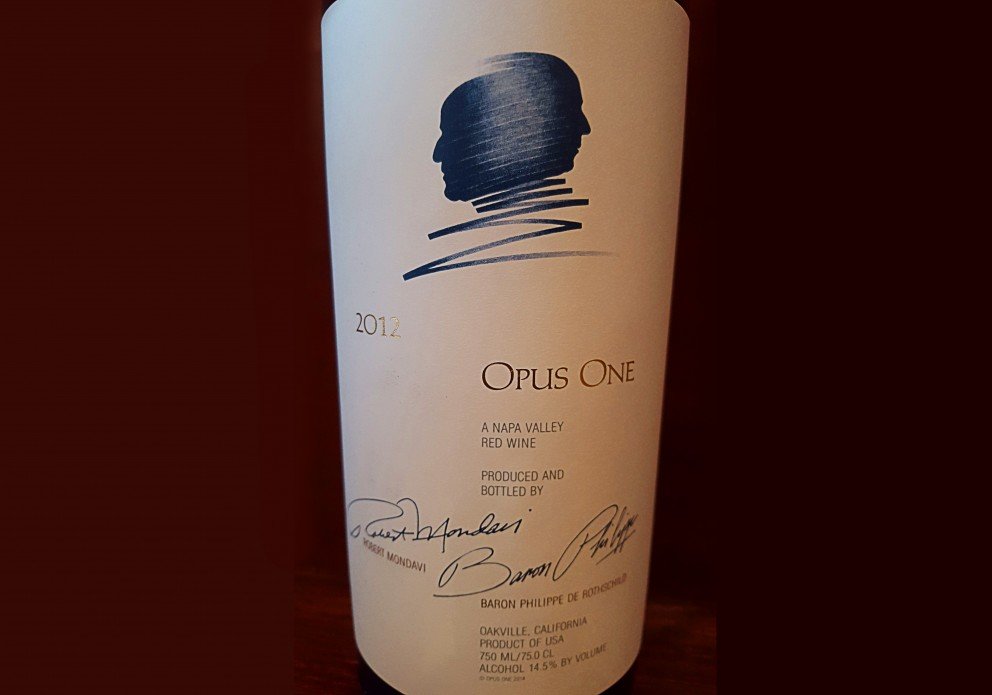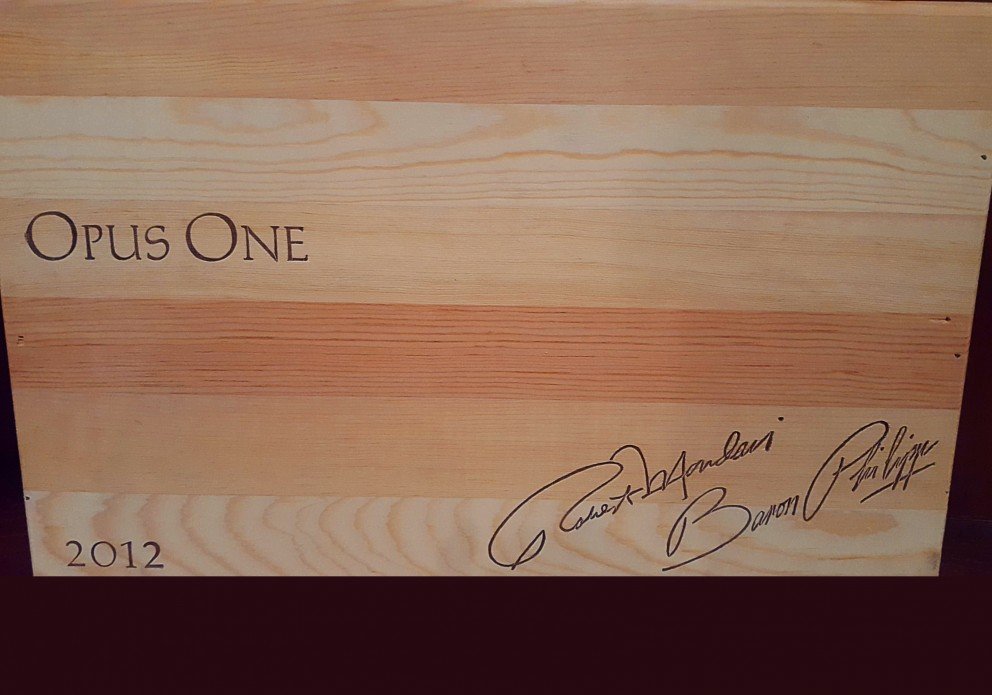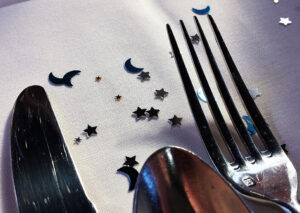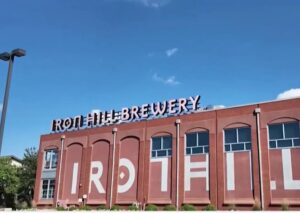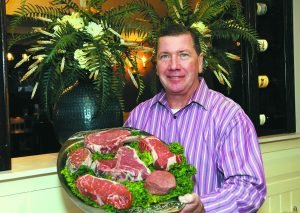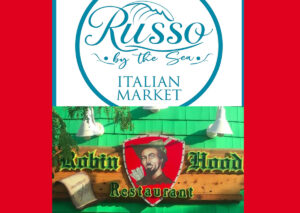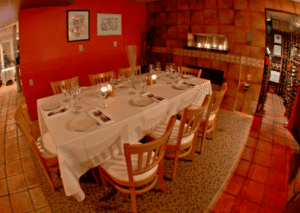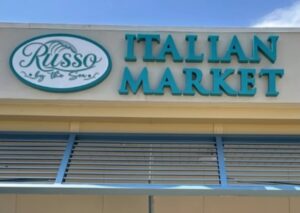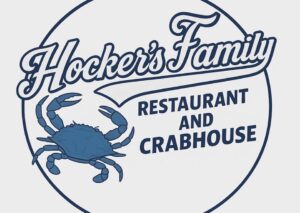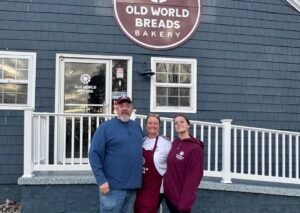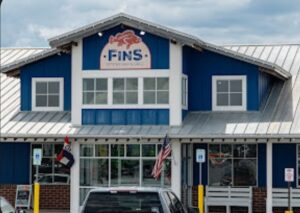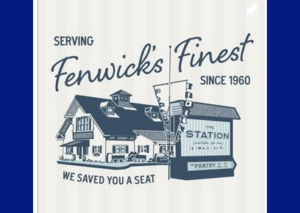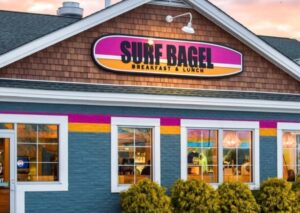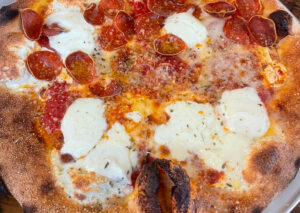In Latin, “opus” means work. It is no accident that one of the finest wines in the world is the work of two pioneers of the global wine industry. Baron Phillippe de Rothschild is from one of the oldest European wine families. At the age of 20, he took on the management of Château Mouton Rothschild from his father Baron Henri. Philippe’s vision changed the world of wine: He invented Château bottling, and commissioned great artists to illustrate his wine labels. Robert Mondavi is renowned as one of the New World viticultural icons. He led a renaissance in California fine wine for over six decades. Among other accomplishments, he introduced temperature-controlled fermentation, French oak-barrel aging and high-density viticulture to a fledgling American wine industry. But life was not just about wine for Robert Mondavi: He broadened the American cultural palate by marrying fine wine to food, music, and the arts. He was one of few Americans to have received the French medal of the Legion of Honor. In 1979, Baron Phillippe and Robert Mondavi teamed up to create the now legendary Opus One.
Even if you have never heard of Opus One or tasted any vintage of this iconic wine, you will understand that the name evokes the same sort of awe-inspiring admiration as Aristotle is to philosophy, Michelangelo is to art, the Bentley is to automobiles, Thomas Keller is to the culinary world, Rachmaninoff is to classical music, and Bill Gates and Steve Jobs are to the world of IT.
In 1984, Baron Philippe, his daughter Philippine and Robert Mondavi selected a design architect for the Opus One winery. In July of 1989, groundbreaking for the new winery took place; and the construction of the facility was completed in 1991. That year Baroness Philippine de Rothschild and the Robert Mondavi family gathered to celebrate their first harvest at Opus One. A wine of subtlety and grace, Opus One doesn’t rush to reveal itself, and neither does the winery. The building literally rises out of the earth, and through a mix of classical European and contemporary Californian elements, gradually discloses its distinctive beauty.
Defined by colonnades on either side, a central courtyard introduces an architectural motif found throughout the building. The winery, like the wine, combines New World and Old World aesthetics. Modern materials – California redwood and stainless steel – are juxtaposed against cream-colored Texas limestone. The quiet profile of Opus One blends with the natural surroundings, the vineyards and rolling hills of the Napa Valley.
In the Salon, the winery’s most formal space, eighteenth-century Italian opera chairs face contemporary chenille sofas and suede seating. Brightly-glazed, modern ceramics line a fifteenth-century limestone mantel. A room furnished with seeming contradictions, the Salon is a deft merging of Old and New World sensibilities. As elsewhere in Opus One, hand-plastered walls and ceilings are finished with a gesso of pale yet luminous yellow.
The Eastern philosophy that an object and the space around it are of equal importance is reflected in the balustrade of the spiral stairway. The balusters are “cast” in negative space. Similarly, the winery itself is integrated into the land around it. The building’s architect, Scott Johnson, refers to Opus One as being “introverted, like a jewel box.” Its hemispheric form nestles in the earth and is surrounded by a grassy berm.
The Rotunda, with its glazed yellow interior, has an inviting, comfortable ambiance. At its center, softly dappled light pours through a pyramidal skylight, illuminating the spiral stairway that leads down to the Gallery, the main entry to the cellar level of Opus One. The stairwell, like the upper level of the winery, has a formal feeling, even though contemporary, light and understated. One element of style that helps create this elegant mood is the use of mirror images, a device consistently used in classical European architecture.
The descent from the naturally lit Rotunda to the dimly lit subterranean level is dramatic and purposeful. The wine is aged on the lower level in the cool of the winery’s cellars. At the foot of the bright stairwell, a faint scent of oak greets the senses for the first time. A lush orchid is in bloom on a round table at the center of the stairwell. Scentless orchids are placed throughout Opus One. These exquisite flowers complement the winery without interfering with the winemaking.
On the lower level of Opus One, classic metal sconces focus parabolas of light against the stark walls of the Gallery. Just on the other side of those walls, the wine begins its second year of barrel aging in ideal cellar conditions. An allée leads out from the Gallery, and the architecture ushers guests toward the heart of the winery, the Opus One Tasting Room. Beyond its glass walls an entire vintage of Opus One rests in the Grand Chai, the cool, semi-circular cellar that lies directly under the sheltering earthen berm. One thousand barrels are arranged side by side in the Grand Chai, where the wine is nurtured and aged in new French oak during the first year of its life. Seen from its center, the Grand Chai appears to curve into infinity. The room is actually a semicircle, like the courtyard above it.
Great winemaking begins in the vineyard. In this case, Opus One’s four meticulously hedged vineyards comprising the winery’s 169 acres bear a unique signature in the Napa Valley. The vines are planted five to six times more densely than is typical in California. At higher densities, the vines produce smaller berries with higher skin-to-juice ratios and more intense flavors and aromas.
Opus One’s first estate vineyard was acquired in 1981 when Robert Mondavi sold Q Block (35 acres), part of his famous To-Kalon Vineyard, to the newly-launched joint venture. Then in 1983, the River Parcel, a 50-acre ranch in Oakville, was purchased as surrounding land for the joint venture winery east of Highway 29. The following year Opus One acquired the 49-acre Ballestra Vineyard, adjacent to the River Parcel and extending south to the Oakville Cross Road.
In 1995, Opus One viticulturists replanted the original Q Block with low-yield, high-density spacing and phylloxera-resistant rootstock. In 2008, Opus One acquired its newest piece of the To-Kalon Vineyard, the 48-acre K Block, formerly owned by Robert Mondavi Winery.
Guided by the vision of the founders, winemaker Michael Silacci combines intuition and technical acumen with the dual perspective of viticulturist and winemaker. Every cluster of Opus One grapes is hand-harvested, and just as much care is taken when transporting them from the vineyard to the winery. The integrity of the grapes is assured by placing the clusters in small picking boxes that hold no more than thirty-five pounds.
The grapes are hand-sorted. Any leaves or imperfect grapes are discarded. Only gravity is used to move the berries from the destemmer into the stainless steel fermenting tanks below. Stainless steel is the perfect material. It provides a cool and gentle beginning to the fermentation process. Because Opus One makes only one wine, each tank can be dedicated to a single lot of grapes. Each tank is used only once during harvest, so fermentation and maceration need never be rushed. The long, warm maceration in temperature-controlled tanks draws out myriad rich flavors and colors from the skins, seeds, and pulp. The tanks are raised so the free-run wine can flow into new French oak barrels; the remaining skins tumble easily into basket presses. In another gentle, unhurried step, the skins, seeds, and pulp are pressed. Like the free-run wine, the pressed wine is put into barrels to be aged. To provide backbone to the wine, a portion of the press is often added to the final blend.
Once the wine is safely in barrel, the topping, racking, and fining processes begin. During the first year, Michael continually tastes from each French oak barrel, evaluating the effect of the wood on the wine. Fining, which occurs after the final racking in tank, also illustrates the handcrafted nature of Opus One. Carefully added in more turbid vintages, fresh eggwhites attract the very small particles that would otherwise remain in suspension. Fining clarifies and polishes the wine. After about a year and a half in barrel, the wine is bottled. Opus One receives an additional year and a half of bottle age before the wine is released, some three years after harvest.
We just received our six-bottle allocation of the 2012 vintage. This wine effuses dark fruit aromas accentuated by subtler notes of forest floor and graphite. A round mouth-feel and satiny tannins wrap around classic flavors of cassis, blackberry and black cherry. You can find them (as well as the last bottle of the 2010 vintage) in our temperature-controlled dometic in the back of our shop, where we also store the Bond, Darioush, Molly Dooker’s Velvet Glove, Chateauneuf-du-Papes and other finer wines.
Who on your holiday list is deserving of this opulent treasure?


